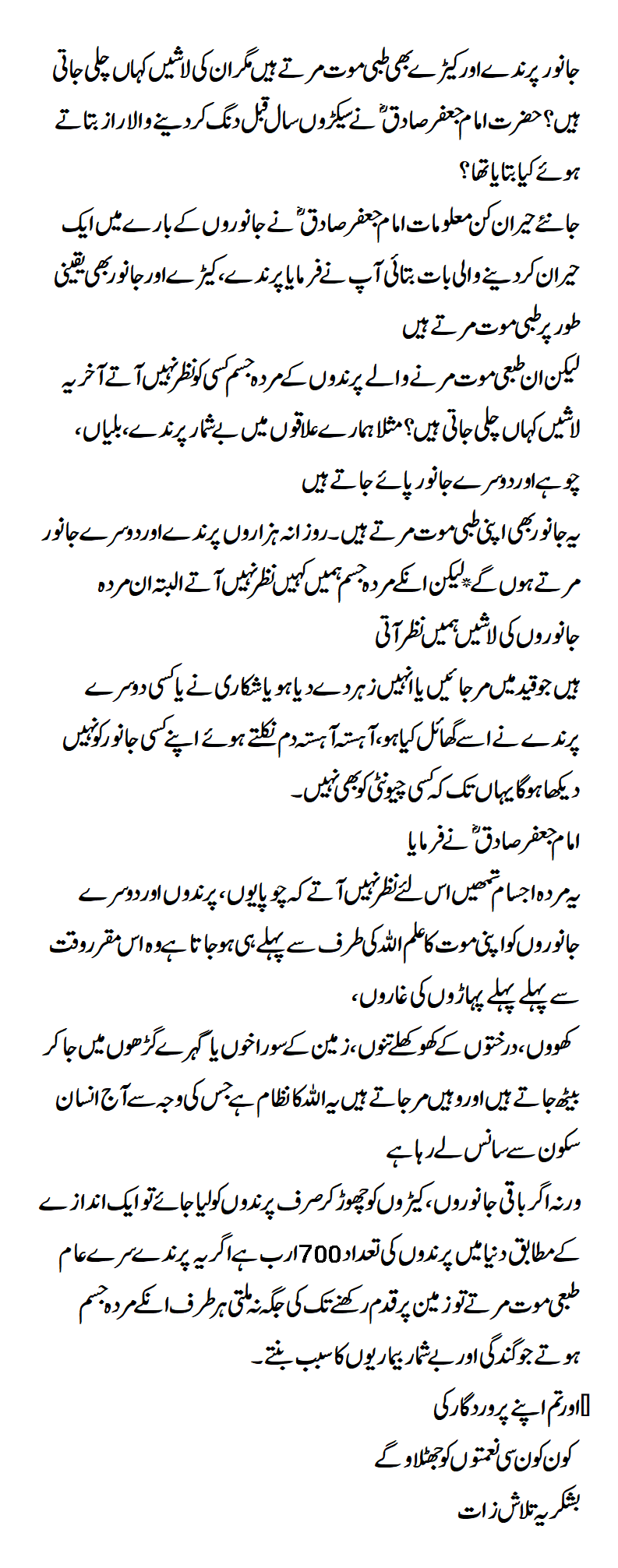There are estimated to be around 160 million birds in the UK with a lifespan of two to five years. Why do I never see a dead one?
Hillary Shaw Newport, Shropshire, UK
Based on these figures, one small bird dies in the UK every second. There are several reasons why you seldom see a dead one.
Deceased small birds blend into the background: you could be within 5 metres of one and easily miss it, especially as dying animals crawl into hidden spaces like under bushes and fall asleep, forever. Many are also eaten by predators and all that remains is a small circle of feathers, quickly used by other animals as nesting material. Finally, nature disposes of corpses very quickly, with mammal scavengers, insects and their larvae, bacteria and fungi recycling them within a few days.
You only see dead animals on roads where they haven’t had a chance to crawl away and scavengers can’t easily eat them. But even on roads, you see magpies and crows dodging cars as they do exactly that.
Chris Newton Halmore, Gloucestershire, UK
As a keen observer of nature, I, too, have long puzzled over what happens to all the dead birds, although I do periodically find dead, but undamaged, small birds in the garden.

I have got into the habit of feeding the local wildlife, and have found that anything edible left in the garden overnight is gone the next morning. My camera trap tells me that most of the food is taken by foxes, some of the rest by cats and a small amount in the summer by hedgehogs. Rats, mice, voles and shrews are present, but rarely show on the camera. Anything left at dawn appears to be taken by crows.